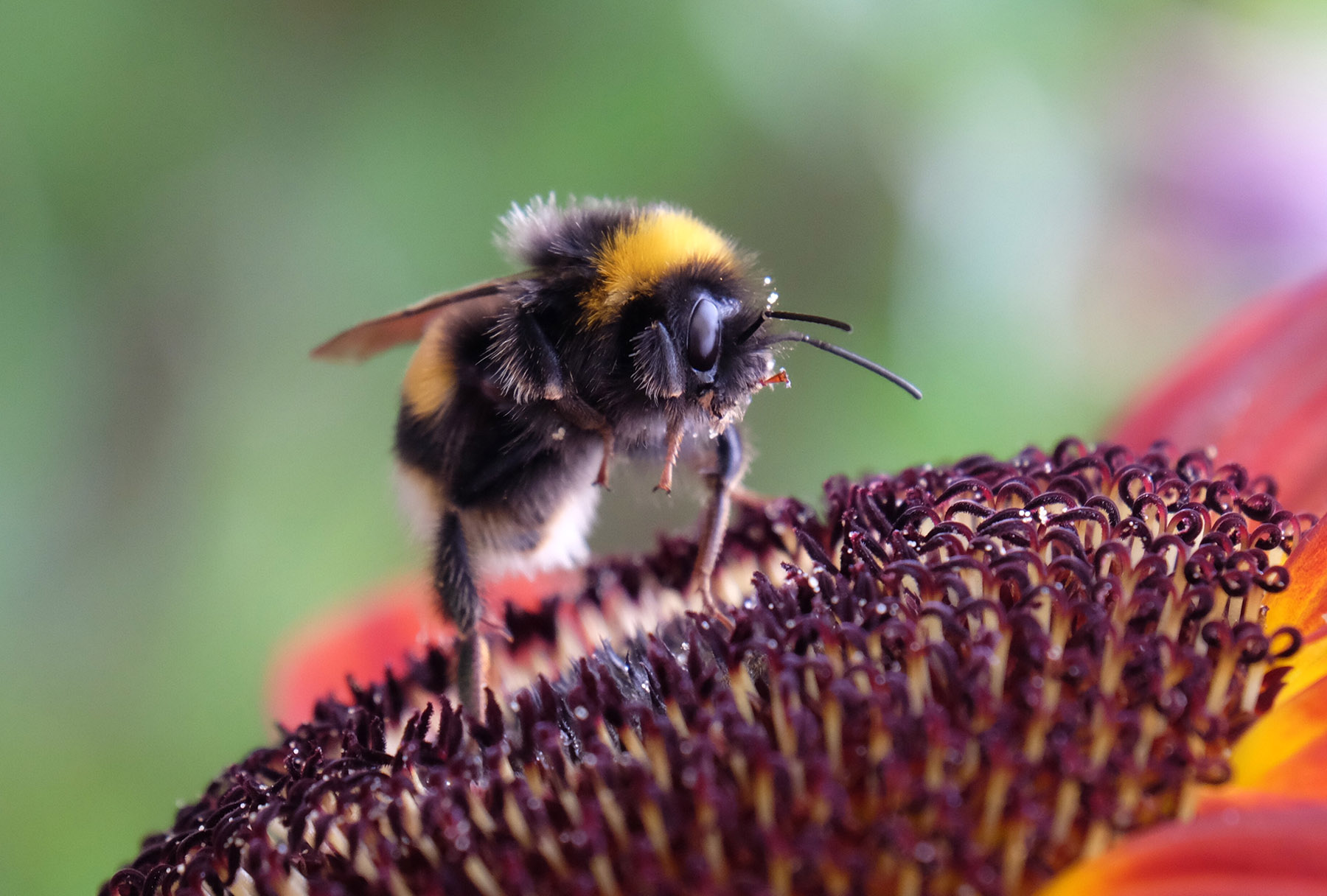Biodiversity loss in Britain: the plight of the bumblebee
A biogeographical project investigating the ecology and the drivers of recent extinction of British bumblebee species.

About the project
The rate at which plant and animal species are going extinct during the modern era far exceeds the natural background rate, and human activity is accelerating it. In Britain alone, we have lost more than 130 species, and more than half of the remaining species are in significant decline, both in terms of abundance and distribution.
This decline is perhaps best illustrated by the plight of the bumblebee. Three species of bumblebee (Bombus spp.) have gone extinct (one has been successfully reintroduced) and 7 of the remaining 26 species are now classified as requiring conservation action under the UK Biodiversity Action Plan (BAP) in a last-ditch effort to save them.
Currently, we know very little about the foraging behaviour or the actual cause(s) of extinction of Bombus pomorum (apple bumblebee) and Bombus cullumanus (cullum’s bumblebee), which were lost from the British Isles during the mid-nineteenth and mid-twentieth century respectively. The aims of this project are to increase our knowledge of what plants these species relied on and to find out what led to their demise. To achieve these goals, pollen preserved on the surviving museum specimens will be identified to reconstruct their foraging behaviour, and historical climate and land-use data will be analysed to establish what factors drove their extinction.
The first phase of research has focussed on B. pomorum. Analysis of the climate records from 1864, the last year this species was observed, indicates a severe drought. Under these climatic conditions, the stressed wildflowers would have produced fewer and shorter lasting flowers and thus less pollen and nectar for the bees. Although B. pomorum appears to have had a generalised foraging strategy, its rareness combined with an anomalous climatic event would have made it vulnerable to extinction, with the loss of a few individuals threatening the survival of the species as a whole. Research into B. cullumanus is ongoing.
Principal Investigator: Dr Darren Jeffers, Lecturer in Physical/Environmental Geography
Background image: Bombus terrestris; photograph used by kind permission of John P Morrison ©
